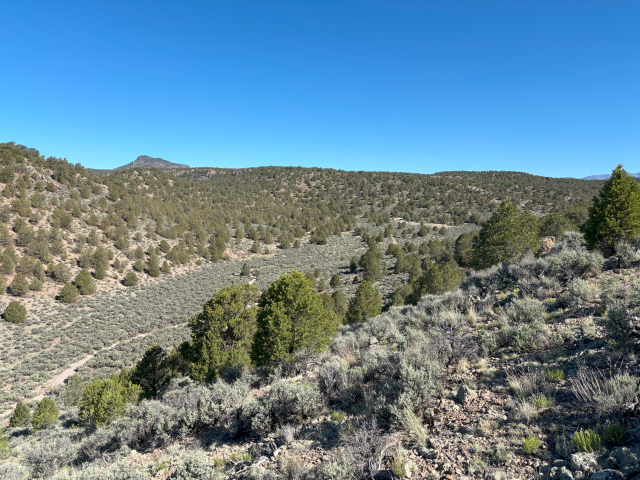BLM seeks input for Upper Sevier Vegetation Enhancement Project
PANGUITCH, Utah – The Bureau of Land Management is requesting public input on the Environmental Assessment for the proposed Upper Sevier Vegetation Enhancement Project. The project is designed to improve vegetation health and diversity in the Panguitch Valley through mechanical, manual, chemical, and prescribed fire treatments. These efforts aim to lessen the impacts of drought and enhance forage for both livestock and wildlife.
Proposed actions include:
Removing encroached pinyon pine and juniper from sagebrush ecosystems.
Restoring native grasses, forbs, and shrubs in the understory.
Using prescribed fire to regenerate aspen and remove hazardous fuels from ponderosa pine and mixed conifer communities.
The Upper Sevier project area is bisected by the Sevier River and surrounds the communities of Panguitch, Spry, and Circleville, UT. These communities rely on public lands to support local agriculture and tourism industries. Highways 89 and 20 run the length of the project area. The Old Spanish National Historic Trail route interpretation sites and the Butch Cassidy Home Site north of Circleville Canyon are also popular stopping spots for travelling families to learn more about local history.
The proposed project is part of a broader, district-wide commitment to proactive vegetation management that improves landscape resiliency to disturbance. Improvements to public land health in the Upper Sevier project area is expected to reduce fire risk to public lands, historically significant resources, and surrounding communities.
The draft Environmental Assessment and additional information is available on the BLM National NEPA Register where comments may be submitted through the “Participate Now” option. The comment period will last 14 days and close August 4th, 2025.
For further information, please contact the Paria River District fuels planning and environmental specialist at 435-865-3000.
The BLM manages about 245 million acres of public land located primarily in 12 western states, including Alaska, on behalf of the American people. The BLM also administers 700 million acres of sub-surface mineral estate throughout the nation. Our mission is to sustain the health, diversity, and productivity of America’s public lands for the use and enjoyment of present and future generations.

